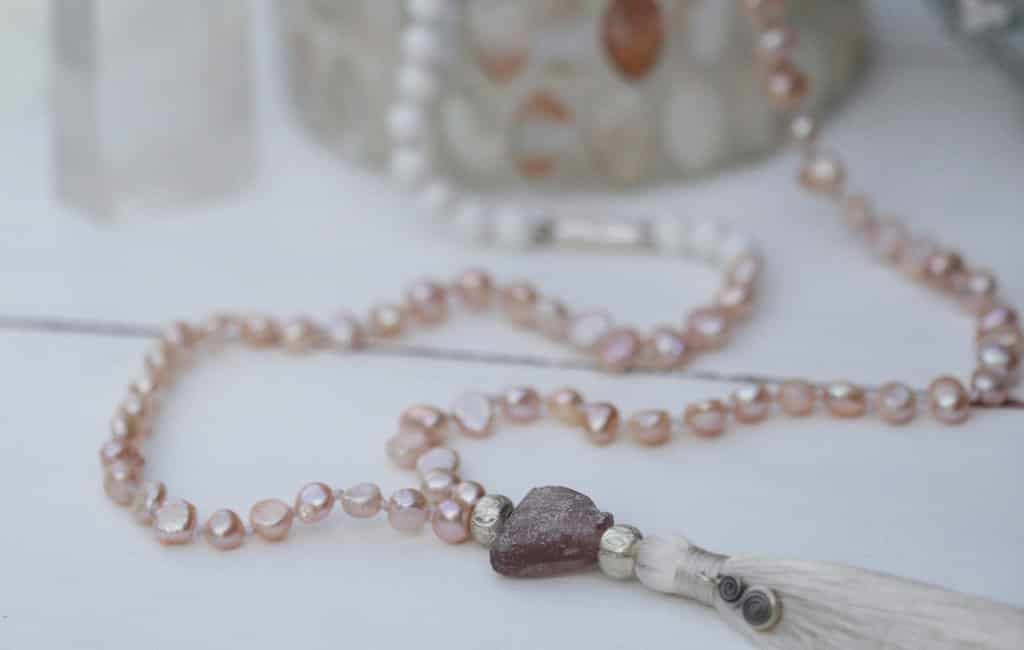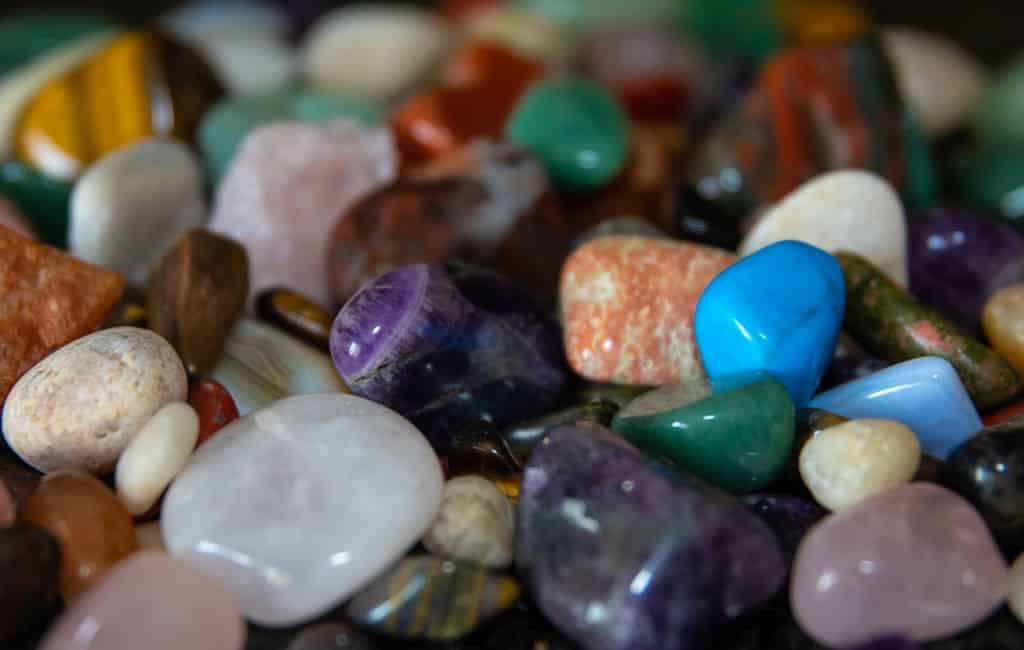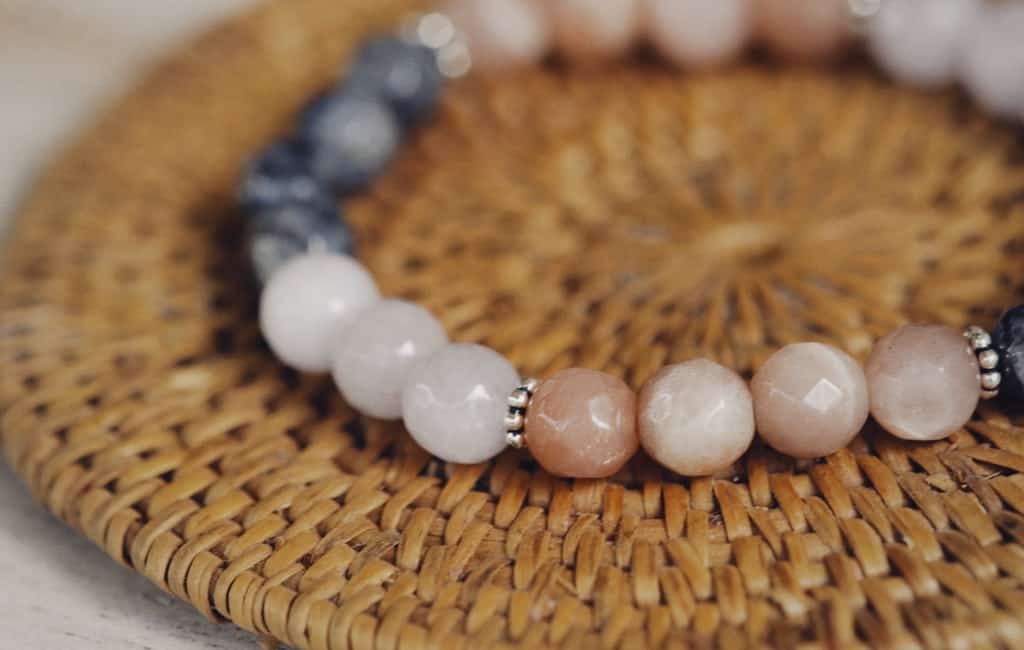Gemstones are mineral deposits that are usually found deep beneath the earth’s crust. There are many of them, some of which are rare and can be found in specific places around the world (diamonds, for instance, can only be found in 35 countries on the planet earth).
Gems are desired for their beauty, strength, elegance, brilliance, commercial value and – sometimes – because of the cultural values attached to them. Some of these cultural values have been established over the course of millennia but are still relevant in the present day and age; such as the assignment of gemstones as birthstones.

WHAT ARE BIRTHSTONES?
Gemstones are greatly influenced by the concept of symbolism. Over the course of thousands of years, they have been associated to many things such as religion, culture and tradition. Public perception, commercial value and personal sentiments are also other factors that have shaped the way many people regard gemstones.
This is why virtually every gemstone is said to mean something (e.g. emeralds represent love and truth, while diamonds represent long-lasting love and timelessness), and attract something (citrine, for example, is said to attract creativity and inspiration into the life of an individual). However, it doesn’t stop here. There is also the concept of birthstones.
Birthstones are generally seen as the particular stone (or stones) that represent a particular month. Every month in the mainstream calendar is thought to have its own birthstone, in line with certain beliefs and cultures, which may have their roots in pagan tradition; and these gems are thought to bring about good luck to those who happen to be born in their months.
Birthstones for each month include the following:

- Garnet
Garnet is the birthstone of the month of January. This particular gemstone is a group of silicate minerals that are available in all colors (though, the blue ones are the rarest of them all). They have been in demand since the Bronze Age, when they were used mainly as abrasives. In the past, some countries like Persia used to consider them as a form of protection against lightning and storms. It is also believed that garnet could warn people of approaching danger by turning pale.
- Amethyst
Amethyst is a beautiful violet gemstone that is a variant of quartz. It also happens to be the birthstone of February. This gemstone is quite valuable and there are large deposits of it in countries such as Brazil. In certain cultures, amethyst is thought to protect a person from drunkenness.
- Aquamarine
Aquamarine is the birthstone of March, and it is a variant of beryl that happens to be light-green or pale-blue in color (the color can be changed when the stone is exposed to heat).
Aquamarine is a fairly common gemstone in certain areas, however, maxixe (a variant of it), happens to be extremely rare. Due to aquamarine’s wide availability, it is not very expensive.
- Diamond
Diamonds are the birthstone of the month of April. They are one of the only two known natural forms of pure carbon (the other being graphite). Diamonds are the hardest materials that can be found on earth, and can only be found in 35 countries on the planet.
- Emerald
Emerald is known as the birthstone of May. This precious green gem is a variant of beryl which has been exposed to chromium or vanadium. It is one of the most popular and treasured gemstones on earth and, according to some cultures, it is thought to give its wearer calm and life affirmation.
- Alexandrite
Alexandrite is a relatively rare gemstone which happens to be the birthstone of the month of June. It is a form of chrysoberyl which is not commonly found around the world.
Alexandrite is a very unique gemstone that changes color based on the intensity and version of light that shines upon it; so, during the day, it is usually green but at night, it is red.
- Ruby
Rubies are the birthstone of July. Their colors range from pinkish- red to blood red. They also happen to be very valuable (because they are one of the precious stones).
Some cultures believe that rubies attract good health, wealth and knowledge to the people that wear them.
- Peridot
Peridot is generally regarded as the birthstone of the month of August. It is a green gemstone which is a form of the mineral known as olivine (or precious olivine).
Culturally, it is said to attract good luck and positivity to its wearer.
- Sapphire
Sapphire is a variety of corundum (a mineral is a blue precious stone that is a variety of the mineral known as corundum (the red version of this metal is known as ruby). Some cultures believe that sapphires attract blessings, abundance and gifts into the life of their wearers. Sapphire is the birthstone of September.
- Opal
Opal is one of the gemstones of the month of October. It is an amorphous variant of silica, and is usually classified as a mineraloid (because of its amorphous nature).
Traditionally, they are said to symbolize confidence.
- Citrine
Citrine is the birthstone of November. It is a popular variant of quartz crystal which may be yellow, golden or amber in color. Citrine is usually used in feng shui to promote positivity and optimism in its wearer. Heat-treated amethyst bears a striking resemblance to this gemstone.
- Turquoise
Turquoise is generally regarded as the birthstone of December. It is an opaque stone with semi-translucent characteristics, whose color ranges from green to blue.
In ancient Egypt, pharaohs and other rulers were known to wear it.
WHY DOES AUGUST HAVE 3 BIRTHSTONES?
Some months are known to have more than one birthstone. August, for instance, is known to have 3, which are: peridot, sardonyx and spinel.
August is one of the few months in the year to have a total of 3 birthstones because a few years ago, the American Gem Trade Association (AGTA) and Jewelers of America (JA) allowed spinel to join peridot and sardonyx (the oldest and original birthstone of the month).

